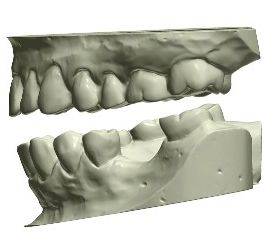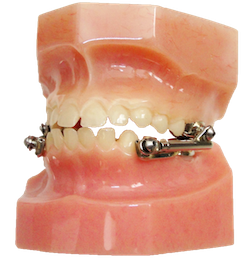In children, obstructions typically occur during the stage of rapid eye movement (REM) sleep. Even brief apneas can cause children to have low levels of oxygen in the blood and can occur quickly in a child with OSA. For this reason, it is important to get your child properly diagnosed and treated for sleep apnea in order to ensure their health and safety.
Treating Sleep Apnea in Children
Our Location
410 Rosedale Court, Suite 170,
Warrenton, VA 20186
540-717-9819
Maxillary Expansion and Mandibular Advancement
In essence, the airway is confined by the upper and lower jaws. By moving the upper jaw maxilla and the lower jaw mandible forward, the entire airway can be enlarged. Through maxillary expansion and mandibular advancement, the upper and lower jaws are moved forward in relation to the remainder of the facial bones. Maxillary expansion and mandibular advancement helps to enlarge the space behind the tongue and soft palate to make obstruction less likely.

Finishing the Bite with Orthodontics
Unlike the typical use of orthodontics, we can also utilize this procedure to finish the bite and further improve sleep apnea symptoms. The surgical treatment of obstructive sleep apnea presents a different type of patient than is normally seen in most orthodontic offices. With orthodontics, we can further improve a person’s bite in hopes to eliminate sleep apnea symptoms. Rather than a focus solely on esthetics, orthodontics in this case is used to improve a person’s medical needs. By finishing the bite with orthodontics, sleep apnea symptoms can be eliminated by properly aligning the bite to open the airways.

Just as it is important to seek treatment for sleep apnea as an adult, it is even more vital that you do the same for your child. Contact Dr. Bonnie Foster for more information on child sleep apnea and what treatment options would best meet their individual needs to improve your child’s overall health and day-to-day living.
